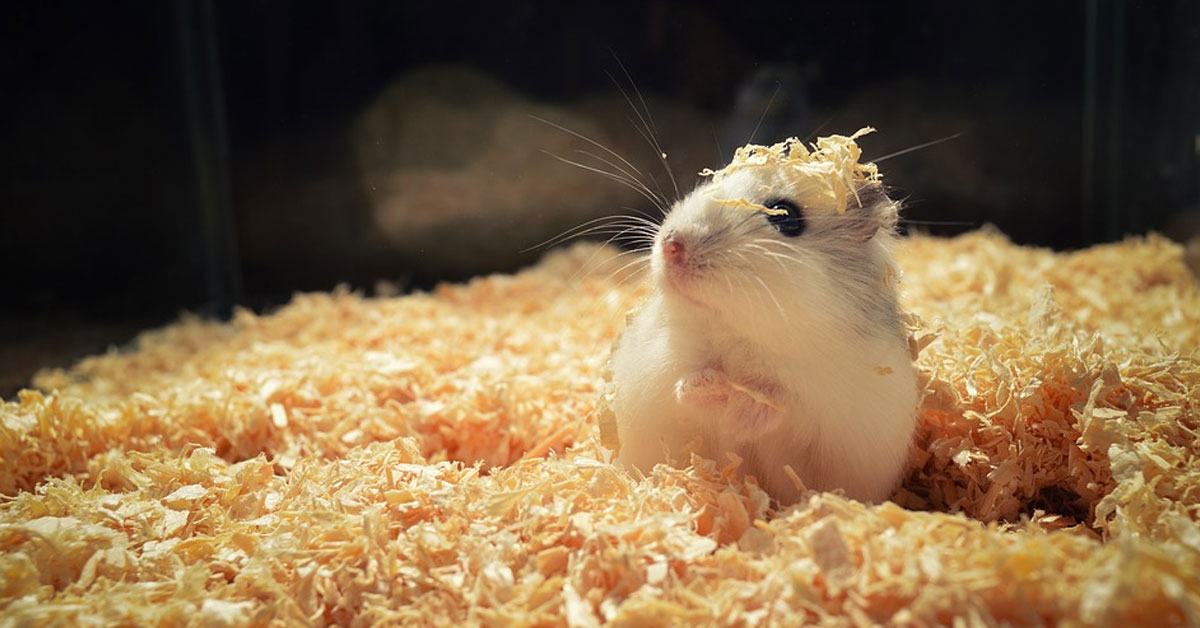How Often Should You Change Hamster Bedding?
As a responsible hamster owner, ensuring your furry friend's well-being includes providing a clean and comfortable living environment. One of the most important aspects of hamster care is maintaining their bedding, which requires regular changes to keep it hygienic and prevent health issues.
The frequency of bedding changes depends on several factors, including the type of bedding used, the number of hamsters in the enclosure, and the size of the habitat. Here's a comprehensive guide to help you determine when and how often to change your hamster's bedding:
Type of Bedding
Different types of bedding have varying absorbency and odor control capabilities. Paper-based bedding, such as shredded paper or cellulose, needs to be changed more frequently (every 3-4 days) as it absorbs moisture and can become damp quickly. Wood shavings, like aspen or pine, can be changed slightly less often (every 4-5 days) due to their better absorption and odor control properties.
Number of Hamsters
The number of hamsters sharing the enclosure will significantly impact the frequency of bedding changes. A single hamster will require less frequent changes (every 5-7 days) compared to multiple hamsters, which produce more waste and require more frequent bedding changes (every 3-4 days).
Size of Habitat
The larger the habitat, the less often you'll need to change the bedding. A bigger enclosure allows the waste to disperse over a larger area, reducing odor and the accumulation of soiled bedding. A small habitat will require more frequent changes (every 3-4 days) to maintain cleanliness.
Signs of Soiled Bedding
Aside from the recommended intervals, you should also observe your hamster's bedding for signs of soiling. A musty odor, wet patches, discoloration, or visible feces indicate that it's time for a bedding change. Ignoring these signs can lead to respiratory problems, skin irritation, and other health issues for your hamster.
Step-by-Step Bedding Change
When changing your hamster's bedding, follow these steps to ensure a smooth and efficient process:
- Remove the hamster to a temporary enclosure, such as a small cage or carrier.
- Remove the soiled bedding and dispose of it properly.
- Clean the enclosure with warm water and a mild, hamster-safe disinfectant. Allow it to dry thoroughly.
- Add a fresh layer of bedding to the enclosure, making sure it's deep enough for your hamster to burrow and nest in (around 4-6 inches).
- Wash your hands thoroughly after handling the bedding.
- Return your hamster to the clean enclosure.
Additional Tips
- Spot clean the bedding daily to remove any visible waste or wet spots.
- Change the water bottle and food dish regularly to prevent contamination.
- Avoid using scented bedding, as it can irritate your hamster's respiratory system.
- Consider using multiple layers of bedding (e.g., absorbent paper towels on the bottom and wood shavings on top) for better moisture control.
- Observe your hamster's behavior for any changes that may indicate health issues related to dirty bedding.
By following these guidelines and maintaining your hamster's bedding regularly, you can create a clean, healthy, and comfortable living environment for your furry companion.

How Often Should You Change Hamster Bedding First

How Often Should You Change Hamster Bedding First

How Often Should You Change Hamster Bedding First

Cleaning A Hamster Cage How Often And To Do It Right

How Often Should You Change Hamster Bedding First

How Often To Change Hamster Bedding Why It Is Necessary

How Often Should You Change Hamster Bedding

How Often Should I Change My Hamster S Bedding Quora
How Often Should I Clean My Hamster Cage Quora

How Often Should You Change Hamster Shavings Pets On Mom Com








